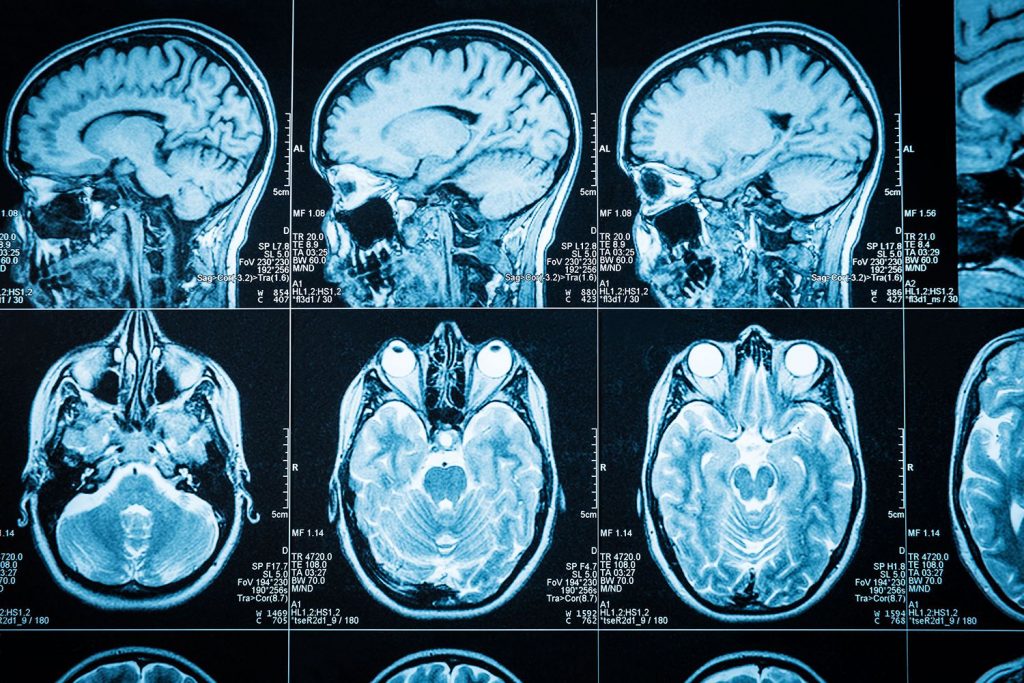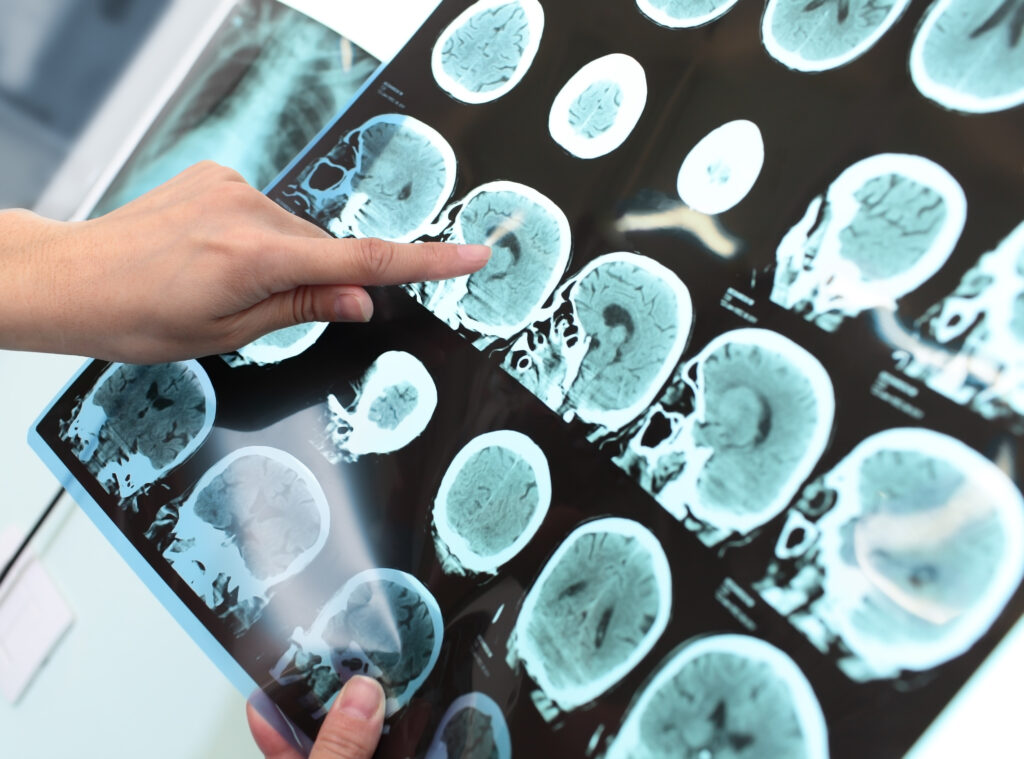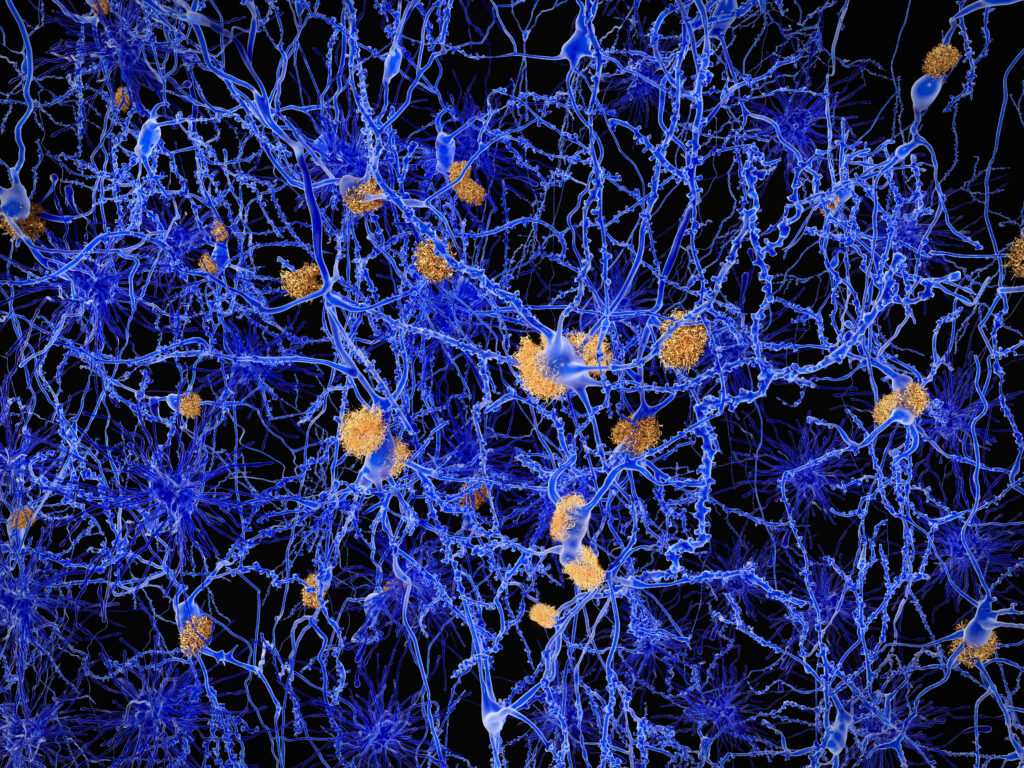- Domaines || de recherche
- Recherche Translationnelle
- Médecine translationnelle transversale (MTT)
- Centre opérationnel de médecine translationnelle (TMOH)
- Service Gestion de projets cliniques (CPMO)
- Centre d'investigation clinique & épidémiologique
- Centre de recherche clinique & translationnelle du Luxembourg (LCTR)
- Biobanque intégrée du Luxembourg (IBBL)
- Disease Modeling & Screening Platform (DMSP)
- Centre du génome Luxgen
- Plateforme de recherche en pathologie (RPP)
- Projets de Recherche
et essais cliniquesSoutenez-nous - Recherche Translationnelle
Actualités
New insights into the genetic risk factors of Lewy body dementia
Veuillez noter qu’à l’exception du titre et du résumé, cet article est uniquement disponible en anglais.
19 avril 2021
5minutes

Des chercheurs révèlent des similitudes génétiques avec les maladies d’Alzheimer et de Parkinson
Le professeur Rejko Krüger, directeur de la Médecine translationnelle transversale (TTM) au LIH, a contribué à une étude internationale visant à faire la lumière sur les déterminants génétiques de la démence à corps de Lewy (DCL), une maladie neurodégénérative courante, mais peu étudiée. En exploitant des techniques avancées de séquençage génomique dans une large population d’étude, les scientifiques ont identifié cinq gènes de prédisposition impliqués dans l’apparition et la progression de cette forme de démence, et ont souligné le rôle critique des mutations dans un sous-ensemble de ces gènes dans le développement de la DCL. L’étude a également montré que la DCL présente des caractéristiques communes avec la maladie d’Alzheimer et la maladie de Parkinson, permettant de ce fait une meilleure compréhension de l’architecture génétique complexe de cette maladie neurodégénérative liée à l’âge et ouvrant la voie au développement de thérapies ciblées. Les résultats ont été publiés en février 2021 dans la prestigieuse revue « Nature Genetics ».
Lewy body dementia is a common neurodegenerative disease characterised by progressive cognitive decline, parkinsonism and visual hallucinations. There are currently no effective treatments available to slow its progression, with therapeutic approached being limited to mitigating the symptoms. The distinguishing feature of this disorder is the accumulation in the brain of pathologically altered forms of the protein α-synuclein in aggregates known as Lewy bodies, which are coincidentally also a hallmark of Parkinson’s disease. Moreover, most LBD patients also report neuropathological traits of Alzheimer’s disease, suggesting that LBD could be genetically related to both Parkinson’s and Alzheimer’s disease.
In order to confirm this hypothesis and shed light into the genetic basis of LBD, the research team performed a cutting-edge genome sequencing technique, known as whole-genome sequencing, in a large cohort of 2,981 LBD patients and 4,391 neurologically healthy controls, which also included the participants recruited within the Luxembourg study ‘National Center for Excellence in Research on Parkinson’s disease’ (NCER-PD), funded by the Luxembourg National Research Fund (FNR). These data were subsequently analysed using a genome-wide association study (GWAS) approach.
The scientists thus identified five distinct genetic regions (known as loci) that influence the risk of developing LBD. Namely, three of these loci were located within the genes GBA, APOE and SNCA, which are known LBD risk determinants, while BIN1 and TMEM175 represented new LBD risk loci. Moreover, the team discovered that rare mutations specifically in the GBA gene are equally critical in LBD pathogenesis.
Strikingly, all of the identified LBD risk loci are also known to be implicated in other age-related neurodegenerative disorders, with GBA, SNCA and TMEM175 being known risk genes for Parkinson’s disease, and APOE and BIN1 being associated with Alzheimer’s disease. Notably, mutations in TMEM175 result in mitochondrial dysfunction and accumulation of defective α-synuclein, both features of Parkinson’s diseases, while mutated BIN1 causes increased amyloid-β production, giving rise to the plaques that characterise Alzheimer’s brains. The researchers therefore showed that the effects of faulty TMEM175 and BIN1 in LBD coincide with those observed in Parkinson’s and Alzheimer’s disease, respectively, demonstrating that LBD shares not only overlapping clinical and neuropathological features, but also common genetic molecular traits with these two major neurodegenerative diseases. In line with this result, LBD patients were also found to be at greater risk of developing both Alzheimer’s and Parkinson’s.
Essentially, our study provides definitive evidence that the risk of Lewy body dementia is driven, at least partially, by genetic variants that are also associated with the risk of developing both Alzheimer’s disease and Parkinson’s disease
explains Prof Krüger.
Our findings also suggest that targeting the cellular dysfunctions caused by the identified defective genes could have overlapping therapeutic implications for the treatment of all three disorders
he adds.
The large whole-genome sequence repository of both LBD patients and healthy controls, created with contributions from the Luxembourg Parkinson’s study, constitutes a valuable resource for the international scientific community, which will facilitate the undertstanding of molecular mechanisms across a broad spectrum of neurodegenerative diseases, thereby accelerating the development of targeted therapeutics and advancing precision medicine.
>SCIENTIFIC PUBLICATION
Chia, R., Sabir, M.S., Bandres-Ciga, S. et al. Genome sequencing analysis identifies new loci associated with Lewy body dementia and provides insights into its genetic architecture. Nat Genet 53, 294–303 (2021). https://doi.org/10.1038/s41588-021-00785-3
>CONTACT








